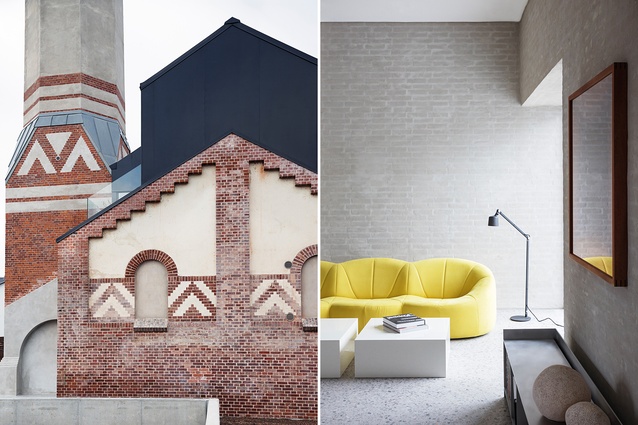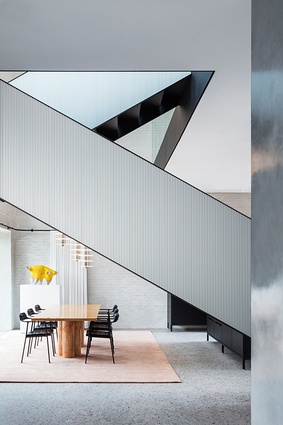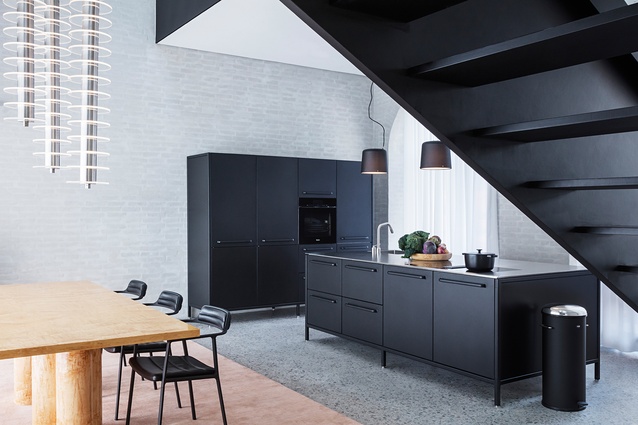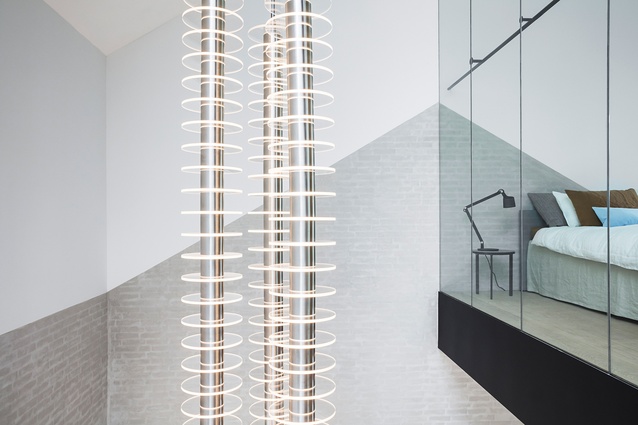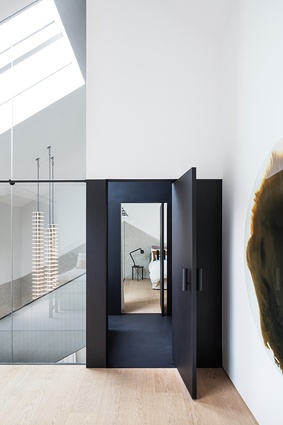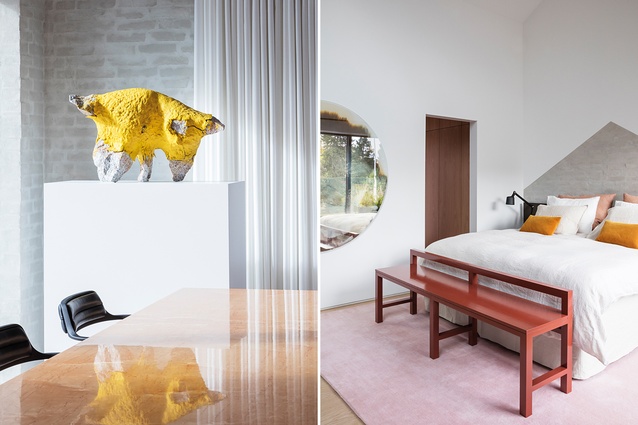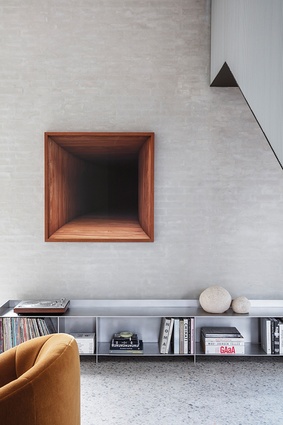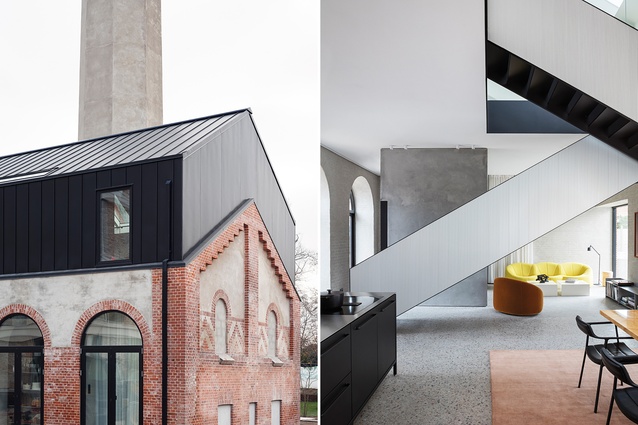Be my guest: Chimney House
A Danish kitchen design firm allows potential customers to holiday in architecturally designed houses, equipped with its wares. We explore its latest abode, designed by rising star David Thulstrup.
In the holiday season, we often indulge in a magazine from comfort of someone else’s home.
Perhaps you once booked hotel or motel rooms, but now choose to stay in Airbnbs instead. According to ‘Economic effects of Airbnb in New Zealand’, a 2018 report by Deloitte, “578,000 stays were booked with Airbnb around New Zealand in 2017. Hosts accommodated 1.4 million guests for around 1.5 million nights in towns and cities across the nation – translating to 3.7 million guest nights.”
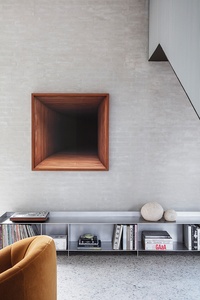
The rise of homestays raises questions for interiors. If you renovate or build knowing your property will double as accommodation for outsiders, do you design or decorate it differently? Do you forego your own tastes to make it more universally appealing? “With people travelling so much, I think this phenomenon is indeed interesting,” says Copenhagen-based architect and designer David Thulstrup, “both for the potential of restorations and the creation of new volumes. Also, it will be interesting to see how different styles and cultures influence one other and, at some point, confluence as a result of globalisation.”
The phenomenon has entered Thulstrup’s portfolio in the form of a series of guest houses for Danish kitchen and home accessories brand Vipp. Considering the elastic definition of ‘hospitality’ today, the company saw the chance to create something between a house and a hotel to immerse (potential) clients in its design-oriented world and give them a chance to test-drive its kitchen.
For these high-end projects – and every project in his portfolio, says the designer – Thulstrup’s goal is to create “a space that is liveable, where people feel comfortable and happy to spend time. It doesn’t matter whether the client is a temporary guest or the inhabitant of a house; everyone should feel at home and comfortable for the rest of their stay, whether it’s for a night or a lifetime.”
Beyond that, Thulstrup always starts a project by understanding his client. “I want to know who he or she is – what are their needs? I want to meet their requirements and connect to their emotions. That’s why I don’t know if I can talk about a ‘universal appeal’. What I know for sure is that I never follow trends. What’s in fashion now might not be next year. A forward-thinking approach is more durable.”
Thulstrup’s most recent Vipp project is Chimney House in Copenhagen. His take on the client’s brief – what the brand calls its “take on haute couture in the design business. But instead of being unattainable spaces, you can actually check in” – was to add the personality, functions and aesthetics of a private residence so that people feel at home.
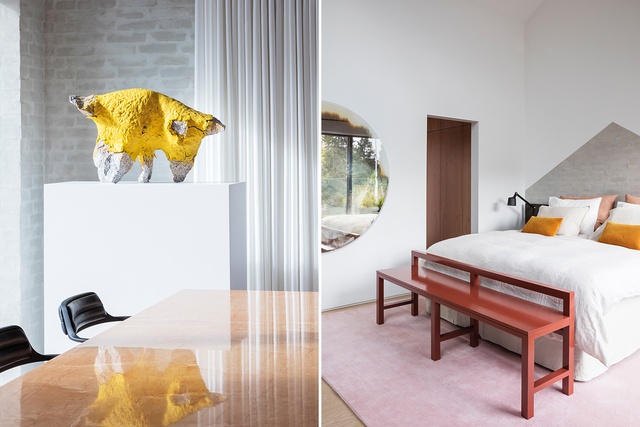
Formerly a water-pumping station, the listed building was built in 1902 and features a 35m-tall minaret-shaped chimney, which was restored during the year-long renovation and lent the project its name. Thulstrup’s method – to preserve the sense of the original space by separating old and new – is immediately visible from the outside. Perched atop the original brick building is a new steel-clad upper level that mimics the gabled roof line of its predecessor. Inside, the pitch of the original roof is highlighted by a strong line and material change. “This approach to detailing,” says Thulstrup, “honours the character of the building and delineates the new work.”
Steel repeats in the interior’s most prominent gesture: a U-shaped staircase that bisects the ground floor to divide the dining and living areas in the open-plan space. The bold geometric form juxtaposes a skin of extruded aluminium panelling – a nod to the façade of another Thulstrup-designed Vipp guest house, a hideaway in the Swedish woods known as Vipp Shelter – with a matte-black interior.
“With the staircase, I wanted to amplify cues from the matte black of Vipp’s universe,” says Thulstrup, who extended the shade to the top landing. Basking in the illumination of the large overhead skylight – through which inhabitants can gaze up the chimney’s neck – the landing has “an atrium-like feel around the hardcore metal staircase”. It’s the entry point for two bedrooms, each with 4.5m-tall glass panels that face the atrium. “You can see from one bedroom to the other and there’s an exchange of natural light,” says Thulstrup. “It’s provocative in a way, and an architectural suggestion about flexible modern living where people can control their own levels of privacy.”
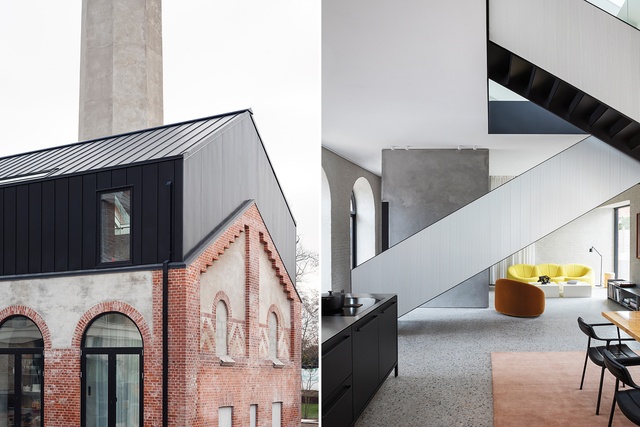
Despite being a showroom of sorts, the project is replete with custom designs – even down to the door handles. Thulstrup and his team developed the likes of the bespoke terrazzo floor, which unites the ground-floor spaces and extends beyond the interior to a new terrace, as well as three 5m-long pendant lamps made from stacked Perspex discs that drop dramatically from the exposed pitched roof to the dining table below.
Thulstrup says the interest from clients in the selection of materials and in custom-designed pieces reflects the current climate of residential projects. It’s an approach he appreciates – “it’s more fun for me to build a story from that” – and one we’ll no doubt see when the fourth Vipp guest house is revealed.
This article first appeared in Urbis magazine.


